Plastic Tote Reduction Minimizes Waste and Improves Safety
Asphalt Materials, Inc. stands strong as a leader in enforcing safety protocols to protect our team from potential hazards. It is also at the forefront of sustainability improvements that enhance the health of our communities and environment. When AMI’s leadership identified a challenge that posed safety concerns and generated significant waste, the team began developing an action plan.
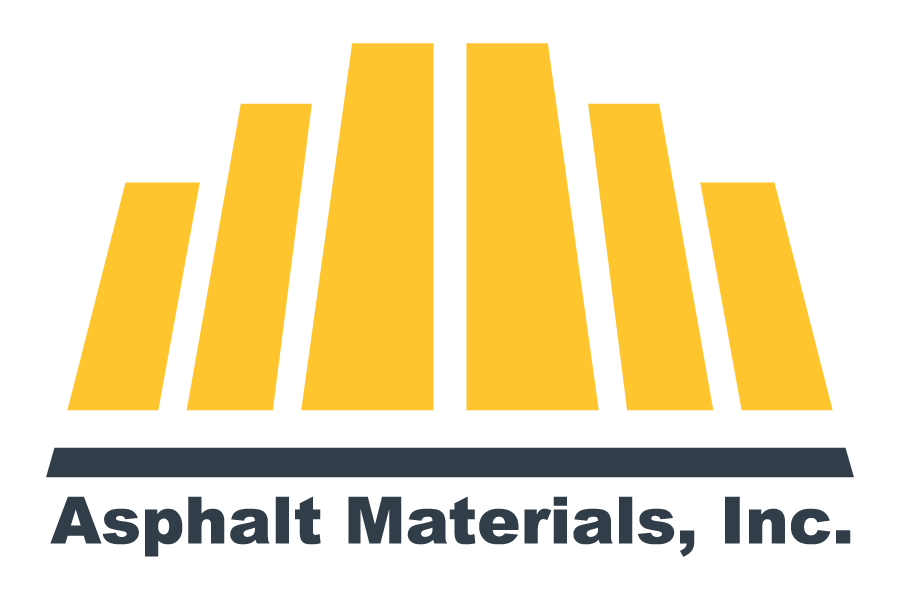
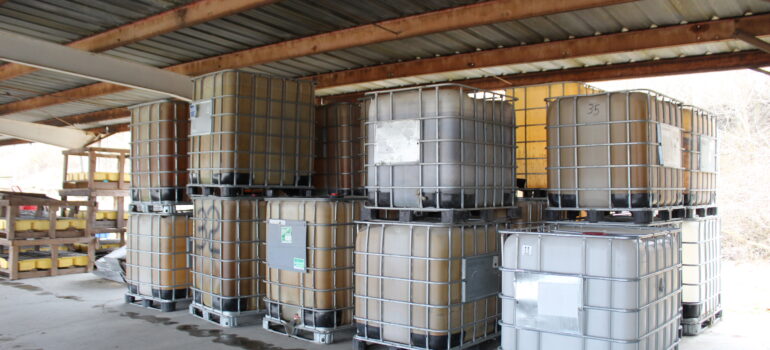
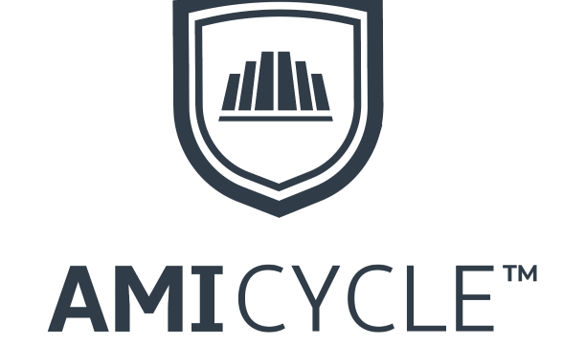

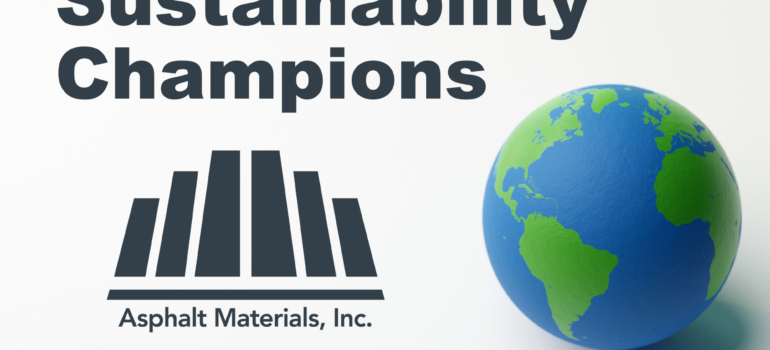

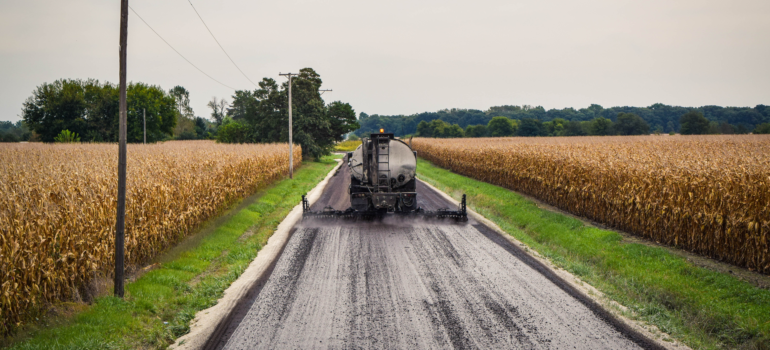
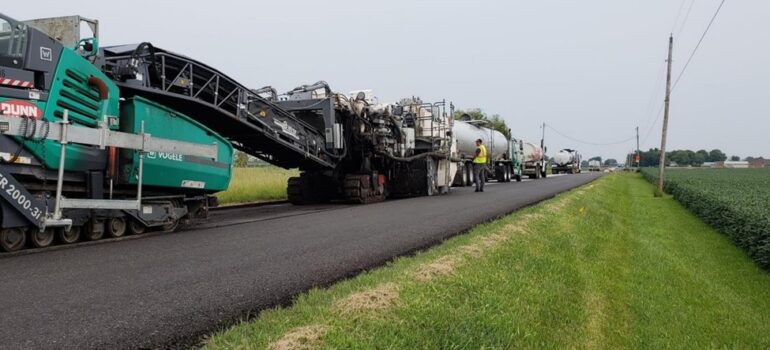
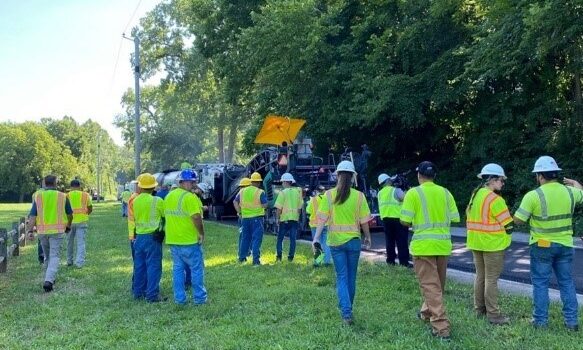
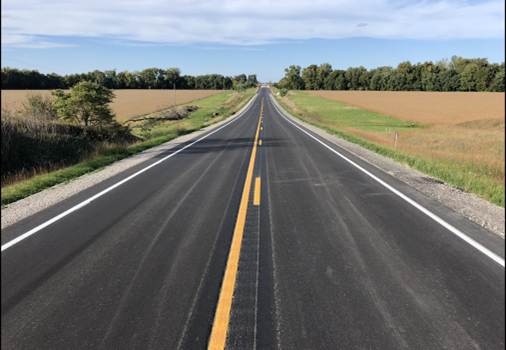
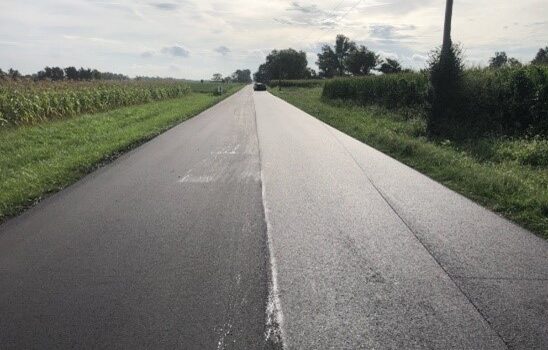



Recent Comments